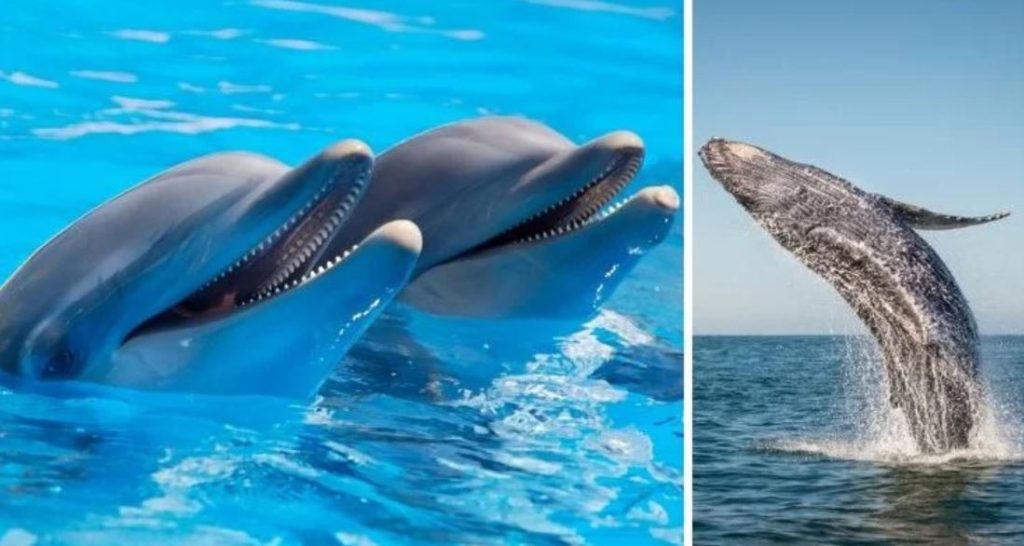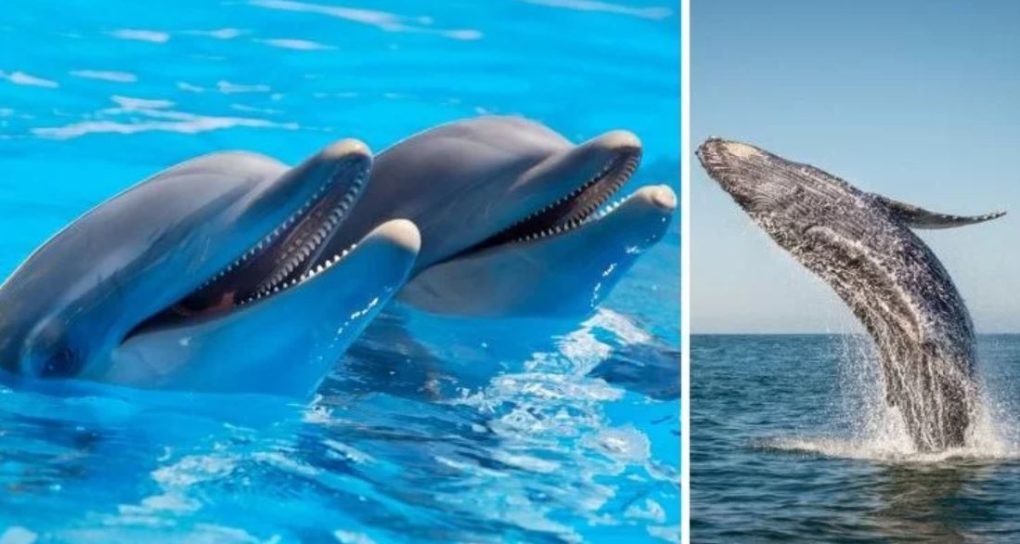Scientists Are Trying to Figure Out Why So Many Dolphins and Whales Are Dying This Year
 By Elias Marat
By Elias Marat
In a particularly unnerving trend that has unfolded on both the Pacific and Atlantic coasts, hundreds of carcasses belonging to marine mammals such as whales and dolphins have been washing up on beaches in the United States, in what scientists are calling “unusual mortality events.”
The mass die-offs affecting cetaceans, the family of species including whales and dolphins, is hinting ever more at the devastation of maritime life resulting from changing ecological conditions, pollution, and other problems stemming from human economic activity.
Since February, approximately 300 dead and dying bottlenose dolphins have washed ashore along four Gulf Coast states between Louisiana and the Florida Panhandle, according to CBS 4 Miami.
Widget not in any sidebars
Last week, the U.S. National Oceanic and Atmospheric Administration or NOAA’s Marine Mammal Stranding Program designated the die-off an Unusual Mortality Event, or UME—a designation that opens up additional resources to respond to and investigate the deaths.
Authorities believe that a number of possible causes could be at play, ranging from the lingering toxic legacy of the 2010 BP oil spill to freshwater exposure, chemicals and pollutants, and other issues stemming from this year’s heavy flooding in the south.
NOAA official Erin Fougeres with NOAA Fisheries told CBS News:
I would say it’s concerning and bordering on alarming primarily because it’s a group of dolphins that have been impacted because of other unusual mortality events … So this is the same area that was impacted by the Deep Water Horizon spill.
It’s an area where dolphins have been previously exposed to oil, they have compromised health … They have lingering health issues and um, so they are more susceptible to any additional stressor; anything could tip them potentially over the edge.
Researchers plan to continue investigating the cause of the die-off, she added.
On the other side of the United States, along the U.S. West Coast, a similarly shocking Unusual Mortality Event was declared last month by the federal agency: the washing-up of about 160 gray whales on coastlines between Mexico and Canada, along their traditional migratory route.
And scientists believe that the number of whales washing onshore is just a fraction of the total death toll, with many animals simply decomposing at sea or ending up on remote rock outcroppings or small islands.
The die-off may be the highest in 20 years, reports Huffington Post, when the 1999-2000 El Niño rapidly warmed the ocean.
Officials believe that numerous whale deaths will continue to occur over the course of the coming months. Researchers are blaming vanishing food sources and dramatically warming waters brought about by changing climatic conditions.
Gray whales typically spend their summers in the once-frigid northern Bering and Chukchi Seas, where they were able to consume a year’s worth of food that allowed them to migrate south to Mexico for the winter.
However, NOAA notes that plummeting sea ice levels in Alaska and rising temperatures have sharply depleted the whales’ primary source of food, which consists of local amphipod crustaceans.
Whales are now also showing up in areas where they typically wouldn’t venture, such as in the San Francisco Bay or Ports of Los Angeles and Long Beach, California.
The result has been the starvation of whales, which now appear emaciated as they return north from Mexico due to the effects of last summer’s poor feeding.
The problem has grown to such a scale that NOAA Fisheries is even asking people who own beachfront property to “host” rotting whale carcasses due to a death of public land that can be used as a burial site.
The die-offs are a potential preview of a downward trend for a species of whale that once had a huge population throughout the Northern Hemisphere, and was removed from the endangered species list in 1994. There are about 27,000 gray whales along the West Coast.
Betsy Carlson, the citizen science coordinator for the Port Townsend Marine Science Center, told Associated Press:
There’s such sadness in them just washing up on the shores and seeing these big, majestic animals there.
By Elias Marat | Creative Commons | TheMindUnleashed.com
Subscribe to Natural Blaze for health freedom and natural living headlines to your inbox. Follow Natural Blaze on Twitter and Facebook.



